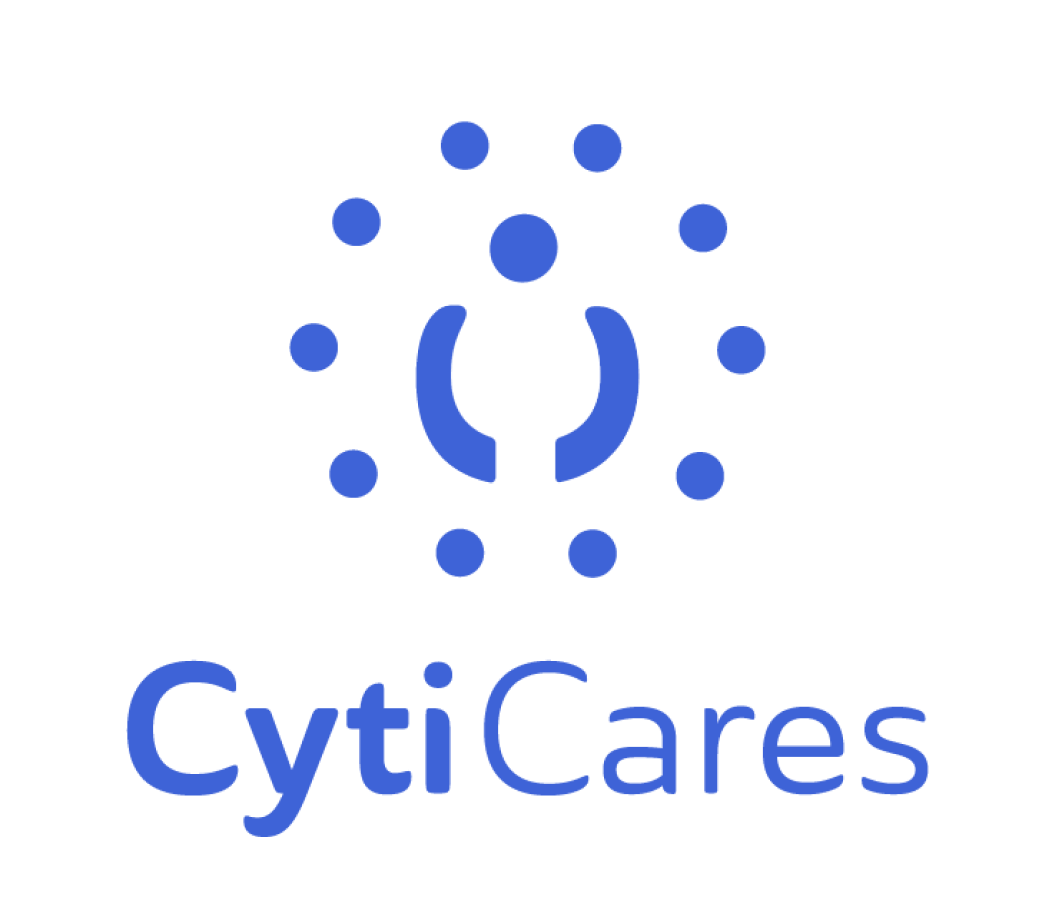ADHD (Attention Deficit Hyperactivity Disorder) is one of the most common neurodevelopmental disorders in children. It often results in increased levels of hyperactivity and impulsive behavior. Young people living with ADHD may have trouble concentrating, be overly active, or may behave impulsively without thinking about the results of their actions.
It’s normal for children to struggle to concentrate or behave sometimes. But when children don’t grow out of these behaviors and they carry on for months, ADHD could be the cause. The longer the symptoms continue without treatment, the more severely their life will be impacted, that is why some people benefit from ADHD medication, read more about the pros and cons here.
Three types of ADHD
There are three forms of ADHD, each of which is classified by a unique set of symptoms:
Predominantly Inattentive Presentation
Predominantly Inattentive Presentation ADHD is when someone has difficulties:
- Organizing tasks
- Completing projects
- Concentrating on fine details
- Following simple directions
- Paying attention during conversations
It’s easy for someone with this form of ADHD to get distracted and forget their basic daily routines.
Predominantly Hyperactive-Impulsive Presentation
This variant of ADHD is diagnosed following feelings of impulsivity and restlessness. Someone with Predominantly Hyperactive-Impulsive Presentation may:
- Frequently interrupt others
- Speak at inappropriate moments
- Grab things from others
It’s often difficult for someone with this type of ADHD to wait for their turn. They also usually suffer from more accidents and injuries compared to their peers.
Combined Presentation
Combined Presentation ADHD is typically diagnosed when someone displays symptoms of both Predominantly Inattentive Presentation and Predominantly Hyperactive-Impulsive Presentation.
Various forms of therapy, such as DBT, have been found to be helpful in treating all kinds of ADHD. While they don’t offer a permanent solution to the problem, they do provide patients with the tools they need to control their actions and improve their quality of life.
What impact does it have?
ADHD affects people in different ways. Some people’s symptoms affect them a lot and really lower their quality of life, while others aren’t really bothered by them. Some symptoms can also be permanently present, while others can be triggered by certain situations.
No two people who live with ADHD experience the exact same thing. If you’ve been diagnosed with the condition, you may find it easy to concentrate on a subject you’re interested in, while others find it impossible to focus on anything at all.
Here are just some of the challenges people with ADHD face:
- Anxiety
- Constantly being bored
- Chronic lateness
- Frequently forgetting things
- Depression
- Difficulty concentrating when reading
- Problems controlling anger
- Struggling at school or work
- Impulsive behaviors
- Low tolerance for frustration
- Low levels of self-esteem
- Random mood swings
- Inability to stay organized
- Frequent procrastination
- Troubles maintaining a relationship
- Low motivation
- Addiction or substance abuse problems
Adults
Although ADHD is often first diagnosed by a therapist, it’s a common condition among adults. That’s because there is no cure for ADHD. Instead, people living with it develop coping mechanisms and management techniques so their symptoms have less of an impact on their everyday lives.
It’s not uncommon for people to be initially diagnosed with ADHD when they’re adults. Although the condition was first described in 1902, it took many decades to gain a better understanding of the condition and the best treatment options. Because of this, many people who should have been diagnosed with ADHD as a child simply weren’t.
Thanks to many scientific studies over the past century, today we have a much more comprehensive understanding of ADHD and the various treatment options available.
Does DBT work for the treatment of ADHD? >>
ADHD and ADD
All the information above also applies to ADD (Attention Deficit Disorder). ADD is an outdated term for the condition and was replaced by ADHD in 1987. Some people considered the change to be controversial, which is why the term ADD is still sometimes used today.
ADD is most commonly used to describe the inattentive and distractible type of ADHD. However, some people use the terms ADHD and ADD interchangeably, which can cause confusion.
Reach out today
If you’re struggling to cope with your ADHD symptoms, it’s time to get help. Take our advice and follow these steps to find a local ADHD therapist. When you’ve got the right kind of support, you can work on developing the skills and techniques you need to successfully manage your symptoms and improve your life.
It doesn’t matter whether you have lived with ADHD since you were a child or if you were recently diagnosed as an adult, there’s always time to take back control and start living the life you deserve.
About the author: Sonya Parrott
Sonya is a Marriage and Family Therapist with over 13 years of experience in the mental health field. Her background includes working with Families, Adults, teens, and children in individual, family, couple, and group settings. She has extensive experience and training in the areas of Anxiety, Depression, Substance Use, Post Traumatic Stress, Family conflict, and Codependency.








